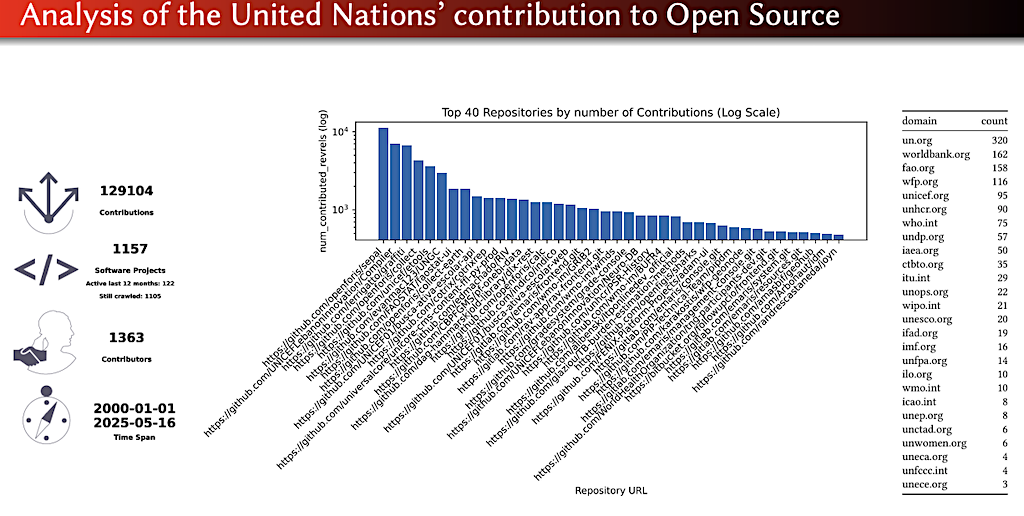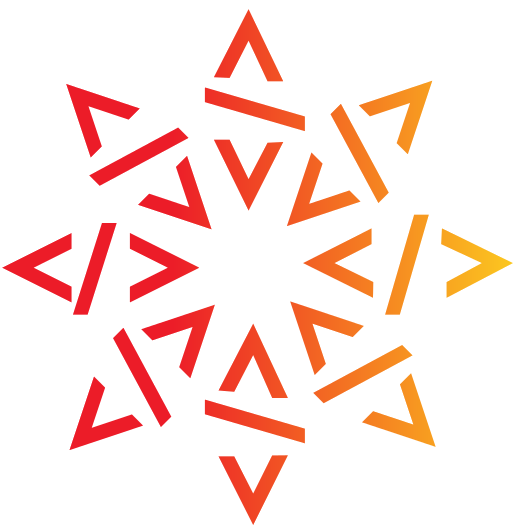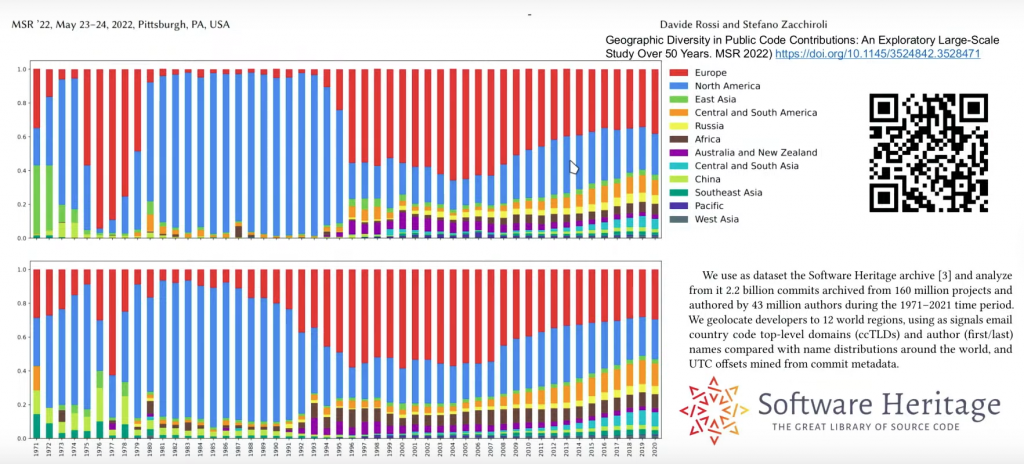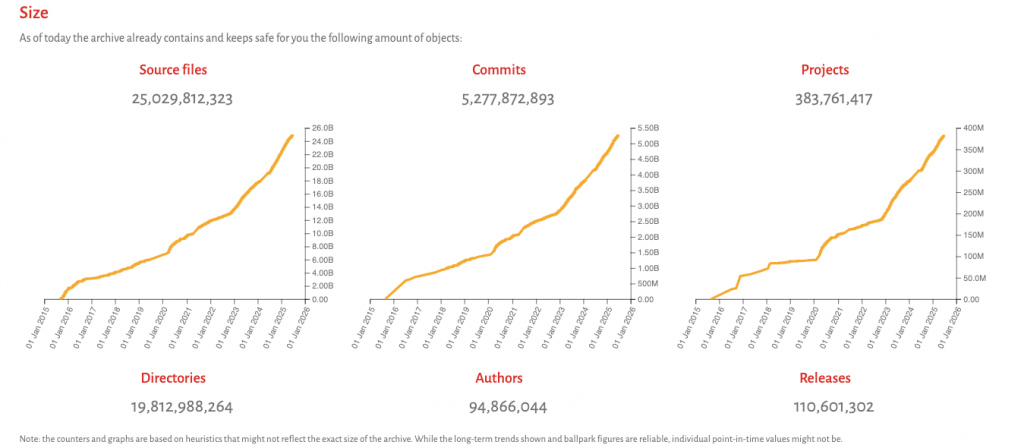Code at the core: Software Heritage at UN Headquarters

Our digital world isn’t just built on code; it is code. Recognizing this fundamental truth, UN Open Source Week 2025 wasn’t just another conference. This global gathering of practitioners convened right in the heart of international diplomacy: the iconic United Nations Headquarters in New York. From June 16-20, beneath the towering, glass-curtained Secretariat Building, leaders, innovators, and policy-makers from around the world met to tackle big questions about open source, digital public infrastructure (DPI), and how technology can be used to solve humanity’s most pressing challenges.
Software Heritage co-founder Roberto Di Cosmo returned to the event for a second year, this time delivering a presentation that opened the session on Navigating Digital Cooperation Across Layers of Governance. (His talk starts at around the 2-hour 30 mark). Morane Gruenpeter, Head of Open Science, also participated in events that week, catch the videos from DPI day for more.
Di Cosmo didn’t just give a talk, however. He offered a clear-eyed look through the “Software Heritage looking glass” at open source as a global undertaking. His message was clear and urgent: preserving software source code isn’t a niche academic pursuit; it’s critical for the future of science and society.
The critical importance of preserving software
Di Cosmo laid out exactly how deeply scientific progress relies on software. He cited eye-opening data from the French Open Science Monitor, which revealed a staggering reliance on open-source code across disciplines. Think about this: a remarkable 61% of fundamental biology papers (out of 15.4k total) and 58% of computer and information sciences papers (out of 4.1k total) explicitly mention using code. Even fields like medical research (32% from 23.5k total), humanities (21% from 4.5k total), and mathematics (23% from 3.1k total) show a significant dependence. This isn’t just a trend; it’s a fundamental shift, proving that collective scientific advancement hinges on having software available and—crucially—kept safe for the long haul. And it’s not just a local phenomenon; a study tracking public code contributions over five decades (1971-2020) shows that code is a truly global collaboration, with contributions pouring in from every corner of the world.
The great library of source code
Then there’s the sheer scale of the problem: software is exploding. Di Cosmo underscored this exponential growth. The Archive shows “revisions” expanding by 27.30% annually and “contents” by an astonishing 40.25% every year. What does that mean in human terms? The amount of software being created doubles roughly every two to three years. Managing this ever-expanding digital universe is why Software Heritage exists. Launched in 2016, the mission is to build “The Great Library of Source Code.” Its mission is simple, but vital: to collect, save, and universally share every piece of software source code, thereby protecting cultural heritage and supercharging both software development and scientific discovery. This isn’t just a giant hard drive; it’s a comprehensive reference point, a rock-solid archive, and a powerful tool for global research. Such an effort is critical because software faces endless threats: corruption, disasters, malicious attacks, obsolescence, accidental deletion, and maddening format issues.
A recognized global infrastructure
Software Heritage isn’t just an idea; it’s a global infrastructure. It operates as a unique, non-profit, open, and shared organization, backed by a powerhouse alliance of sponsors. From tech titans like IBM and Microsoft to leading research institutions and universities, a diverse group is championing its cause. The numbers speak for themselves: the archive is colossal, holding over 24 billion source files, 5 billion commits, and 372 million projects.
It’s the biggest archive of its kind, ever. And its influence is reaching deep into global policy, exemplified by the ISO/IEC 18670:2025 standard for Software Hash Identifier (SWHID), recognized earlier this year, which provides a standardized way to reference software components universally.
The impact ripples further. The French government recently recognized Software Heritage as an essential national initiative. Software Heritage also plays a crucial role in vital areas like cybersecurity and building transparent artificial intelligence systems, with projects like SWHSec (February 2024) and CodeCommons (November 2024) actively contributing to these efforts.

Even the United Nations itself is on board with open source: an analysis shows various UN entities like un.org (320 contributions), worldbank.org (162 contributions), and fao.org (158 contributions) are deeply engaged in open-source projects. UN Open Source Week specifically aims to connect these open-source communities across UN Member States, pushing forward on AI policy, digital governance, and new innovations—areas where Software Heritage’s work fits into the bigger picture.
Code for cooperation
UN Open Source Week 2025 galvanized the push for global digital cooperation. Software Heritage functions as the open code infrastructure foundational to this collective effort. By diligently collecting, preserving, and making accessible the vast, ever-growing ocean of source code, the initiative ensures that the digital foundations of scientific knowledge, cultural history, and future innovations remain intact and open for everyone, for generations to come. It’s a testament to the power of open science and a vivid demonstration of how global teamwork can truly build a digital future that’s more robust, transparent, and resilient.
“There are many things we still need to do,” Di Cosmo said in closing. “In the last year, we spent a lot of time traveling around the globe establishing connections. Every single country confronts the same problems around Open Science, transparency in AI, cybersecurity, reuse of software, knowledge sharing, code sharing. We need to think about how we can work together, not each country reinventing the wheel, but by building a shared infrastructure at the service of everyone.”


